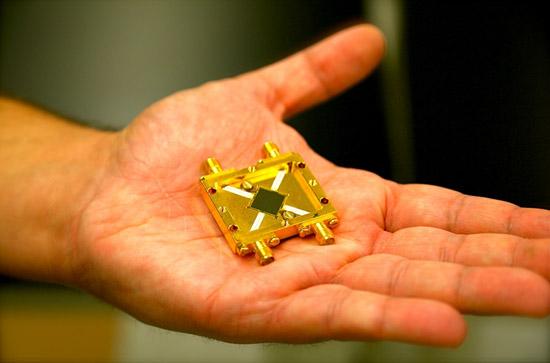
Dr. Colm Bracken
Dublin Institute for Advanced Studies
Abstract: The microwave kinetic inductance detector (MKID) is a new class of detector technology, based on superconducting thin films and the associated kinetic inductance effect. These revolutionary superconducting detectors will allow astronomers to get past the fundamental limitations of semiconductor devices (CCDs) in terms of sensitivity and time resolution, while allowing spatio-spectral imaging without the need for dispersive optics and the corresponding reduction in signal throughput. This talk will present current developments and future plans for a new MKID-based camera being designed, built, and tested at Dublin's Institute for Advanced Studies (DIAS). An overview of the operating principles of MKIDs will be given, showing why these detectors can provide up to 4 orders of magnitude increase in sensitivity compared to CCDs, while also providing spectral information for every pixel in the array and photon counting capabilities. I will place an emphasis on our novel frequency-division multiplexing readout electronics, which allows micro-second time resolution - important for many astrophysical science targets. It will be shown why MIKDs are the most promising detector technology for ambitious science goals such as direct imaging of exoplanets, and I will present our plans for commissioning our MKID camera on world-class observatories in an attempt to realise this science in the near-future.
